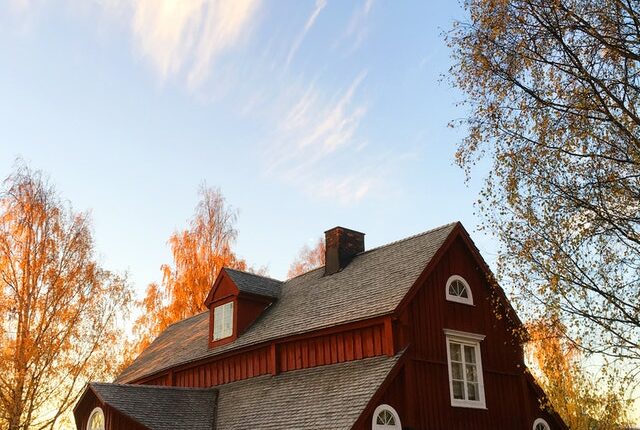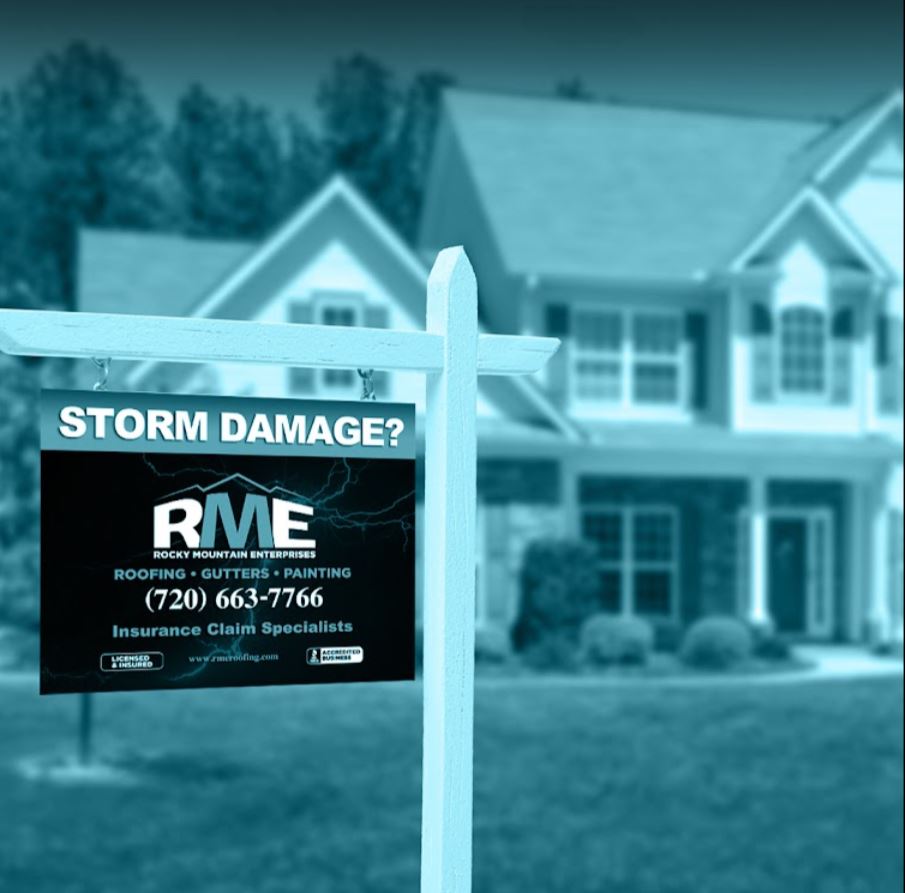It may still be summer, but fall is right around the corner. This fall season can pose numerous risks to your Colorado roofing system. So, this year, why not take a proactive approach to roof maintenance and prep your roof for the autumn conditions to come? By protecting your roof against common types of fall roof damage, you can reduce your risk of incurring severe roof damage and avoid high roof repair expenses.
Here, we’ll cover our top tips for preparing your Colorado roof for the fall season, helping you to steer clear of roof damage before the winter season.
Take Care of The Trees On Your Property.
During the fall season, roof damage often occurs due to a lack of maintenance on nearby trees. There are several types of roof damage that can result from the trees on your property, including:
- Damage from overhanging branches
Branches that hang over your roof can cause multiple types of damage. For one, if the branches are long enough to touch the surface of your roof, wind may cause the branches to scratch or dent the roofing materials. In the case of an asphalt shingle roof, the branches may scratch away some of the asphalt granules. This weakens the shingles and makes them more prone to cracking and breaking. Overhanging branches may also break, whether due to high winds or a storm, and dent the surface of the roof.
- Leaves, pine needles, and other debris
When there are trees near your roof, leaves, pine needles, and other debris may fall onto its surface. If this debris accumulates, it may trap and hold moisture from rain, hail, or snow. While a bare roof can dry out quickly in the sun after a storm, the debris can keep moisture against the surface of your roof. This can cause mold to form and increase the risk that wooden roof components will rot.
- Fallen trees
If there are older trees on your property, it’s important to keep an eye on them. This is because dead trees can fall, and if a tree falls onto your property, it will likely destroy your roof. This would require a full Colorado roof replacement.
Having your trees trimmed by an arborist and cleaning debris off of the surface of your roof regularly will help prevent roof damage this fall.
Clean The Gutters.
When storms strike this fall, it’s important for your roof to drain properly. This will help prevent water damage, including roof leaks. The gutters are a crucial part of the roof’s drainage system, as they direct water away from your roof and the rest of your home. During the fall, it’s common for the gutters to become clogged with leaves, pine needles, and other outdoor debris. If this debris accumulates, it can cause the gutters to clog completely.
To prevent clogged gutters this fall, make sure to clean them regularly or have them professionally cleaned. You can also get a gutter guard to stop leaves and debris from getting caught in the gutters to begin with.
Check The Ventilation and Insulation.
While you’re prepping your Colorado roofing system for fall, it’s a good time to check your attic’s insulation and ventilation. Temperatures will soon be dropping, and having ample attic insulation is essential for maintaining a comfortable temperature in your home. Otherwise, cold air can seep in through the roof, forcing your heater to work harder to keep your home warm. Insulation can become damaged over time, and you may not have enough insulation in your attic to begin with. Your Colorado roofing team can check the insulation and recommend repairs as needed.
Ventilation protects your roof against damage from excess moisture. It also ensures that air circulates throughout your roof so that heat doesn’t get trapped in the attic. A professional roof inspection can reveal whether your roofing system has ample ventilation or requires changes for proper air circulation.
To schedule a roof inspection, Colorado roof repairs, or any other roofing services that you need, contact RME today.


